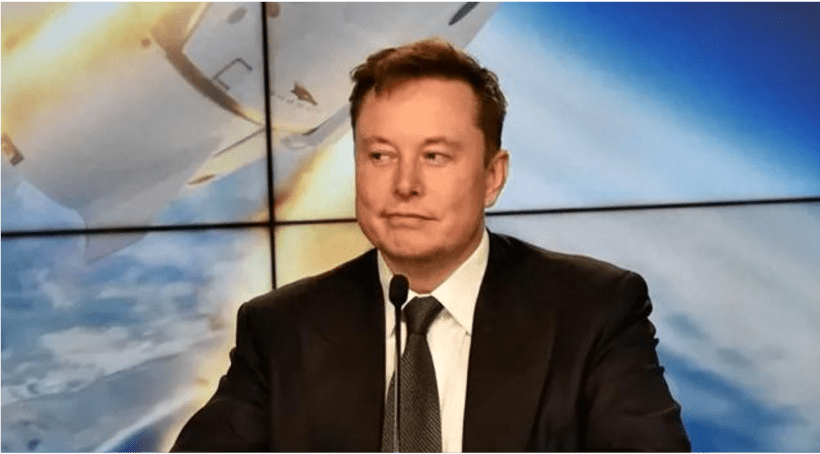
The world's deepest diving pool, Deepspot, opened this weekend near the Polish capital Warsaw. The 45.5-meter pool contains artificial underwater caves, Mayan ruins and a small shipwreck for scuba divers and free divers to explore.
Deepspot can hold 8,000 cubic meters of water, more than 20 times the capacity of a normal 25-meter swimming pool.
Unlike ordinary swimming pools, Deepspot can still open despite Poland's COVID-19 epidemic prevention restrictions because it is a training center that provides courses.
The operator also plans to open a hotel where guests can observe divers at a depth of 5 meters from their rooms.
"This is the deepest diving pool in the world," Michael Braszczynski, 47, Deepspot's director and a diving enthusiast, told AFP at the opening yesterday.
The current Guinness World Record holder is a 42-meter-deep pool in Montegrotto Terme, Italy. The 50-meter-deep Blue Abyss pool in the UK is scheduled to open in 2021.
On the first day of Deepspot's opening, about a dozen people visited, including eight experienced divers who wanted to pass the instructor exam.
"There are no spectacular fish or coral reefs here, so it can't replace the ocean, but it is certainly a good place to learn and train safe open water diving," said 39-year-old diving instructor Przemyslaw Kacprzak.
"And it's fun! It's like a kindergarten for divers."




